HEAS Member Publishes Article on the Gravettian Open-Air Site Ollersdorf-Heidenberg (Austria)
More On Article
- HEAS Deputy Head Promotes Archaeological Publications in Vienna
- A short and sickly life. Multi-indicator analysis of an infant from a late antique Italian burial site (Piano della Civita, Artena, 3rd-5th cent CE).
- Fire Use During the Last Glacial Maximum: Evidence From the Epigravettian at Korman' 9, Middle Dniester Valley, Ukraine
- New Paper Published!
- HEAS Members awarded FWF grant for project on Geochemical ENhancEment of Ancient DNA from SedImentS
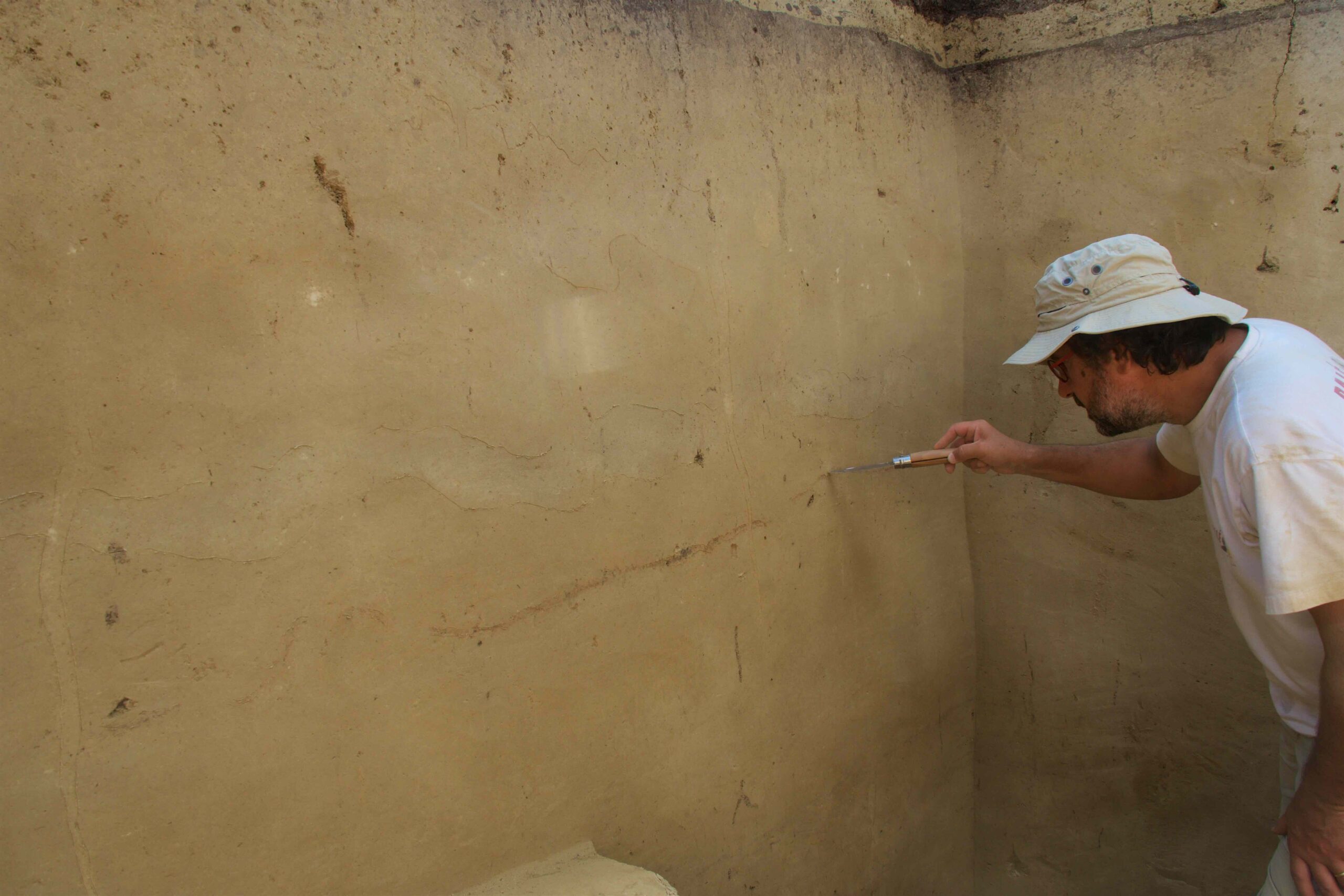
In a new study in Journal of Paleolithic Archaeology, HEAS member Philip R. Nigst together with an international team, presents on their fieldwork and laboratory research at Ollersdorf-Heidenberg, an Upper Palaeolithic open-air site in Lower Austria. The site was dated to the time leading up to the Last Glacial Maximum.
The Middle Danube region is a key area for understanding Upper Palaeolithic hunter-gatherer behaviours in a climatic context due to its long loess–palaeosol sequences and rich archaeological record spanning from the onset of the Upper Palaeolithic to the Last Glacial Maximum and beyond. Recently, new approaches focusing on high-resolution studies of the stratigraphy, geoarchaeological studies at microscopic scale and investigations of organic matter at molecular scale (biomarker analyses) have shown great new insights in human behaviour. Many sites in the Middle Danube region have been excavated a long time ago without opportunity to apply such approaches.
The aim of this paper is to introduce Ollersdorf-Heidenberg, a loess open-air site. The site is located ~ 26 km northeast of Vienna close to the Morava River valley and preserves several Upper Palaeolithic archaeological horizons. The site has been known since a pipeline construction in 1998. Here, we report the first results of new research at the site including new excavations in two trenches.
We describe and analyse the stratigraphy, present a first radiocarbon date, describe and analyse lithic and faunal collections, and assess potential in situ combustion activity and the preservation of organic matter. Research at the site is ongoing, but our preliminary results let us suggest good preservation of organic matter and, hence, Ollersdorf-Heidenberg has a remarkable potential for providing valuable insights in past hunter-gatherer behaviours at the climatic downturn towards the Last Glacial Maximum.
Bosch, M. D., Pirson, S., Damblon, F., Jambrina-Enríquez, M., Mallol, C., Pryor, A., Murphree, W. C., Viola, B. T., Antl-Weiser, W., & Nigst, P. R. (2025). A First Look at the Gravettian Open-Air Site Ollersdorf-Heidenberg (Austria): Recent Fieldwork and First Results on Stratigraphy, Chronology, Organic Preservation and Combustion Activity. Journal of Paleolithic Archaeology, 8, 10.
https://doi.org/10.1007/s41982-025-00210-9
Check out also our webpage: https://palaeo.univie.ac.at/research-fieldwork/fieldwork/middle-danube-region/ollersdorf-heidenberg/
s see in Bosch et al. 2015.

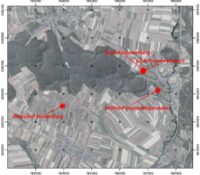
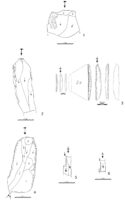
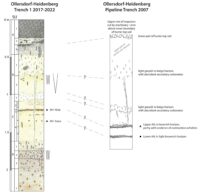
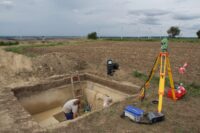
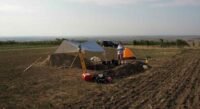
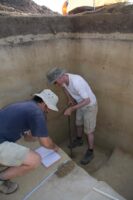
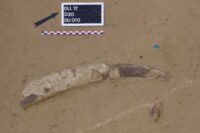
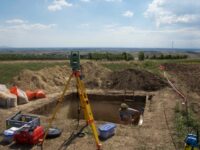
![OLL-paper 2025_11.jpeg a) Cadastral map with location of 1998 and 2007 pipeline trenches, 2017 borings (blue circles) and Trenches 1 and 2 (excavation 2017–2022) in relation to oil pipelines (red; 1998 and 2009), gas pipeline (yellow; 2007) and district heating line (green; unknown year) (Cadastral map [Digitale Katastralmappe]: Bundesamt für Eich- und Vermessungswesen, Vienna. One-meter-contour lines calculated from a digital terrain model with 1-m resolution [source: Land Niederösterreich]; Coordinate reference system: MGI/Austria GK M34 [EPSG code 31259]) (GIS and graphic: P. R. Nigst). (b) 2007 pipeline trench during excavation (photo: H. Preisl). (c) 2007 pipeline trench during excavation, large faunal remains visible in foreground (photo: H. Preisl). (d) Map of the 2017–2022 excavations in Trenches 1 and 2 in the local excavation grid (map: Ph. R. Nigst). (e) Section photograph of the 2007 pipeline trench showing the two archaeological horizons (photo: W. Antl-Weiser). (f) 2018 excavation in Trench 1 (photo: P. R. Nigst). (g) Rib fragment of ungulate size class 3–4 animal during the excavation 2017 in Trench 1, SU C4a, AH Anna (photo: P. R. Nigst). Full credits see in Bosch et al. 2015.](https://www.heas.at/wp-content/uploads/2025/02/OLL-paper-2025_11.jpeg-200x128.jpg)